The Nomadic Curriculum: A photo series
Central to the Academy is the co-developed and collectively practiced research approach termed as the “nomadic curriculum” in which the research groups test and practice forms of knowledge and gathering as hands-on approaches within specific archival settings while spatially expanding on the peripheries between different archival sites. This nomadic curriculum takes shape in the movements, research, and visualizations around archival contexts that, in their interplay, shape the present. For the Academy’s second edition, the curriculum re-examined the implications of site-specific research as an online, remote methodology due to the Covid-19 pandemic. Laura Fiorio attended the research processes as a participatory observer and gave visual shape to the materials, objects and contexts of the archival sites. She formed the digital dossiers that provided access to these sites for the workshop groups and their research. The series of archival photos serve as digital site visits and the nomadic curriculum is thus reshaped, continuing to question the institutional boundedness of knowledge and the possibilities of mobilizing bodies of knowledge, documentation and archive expansion.
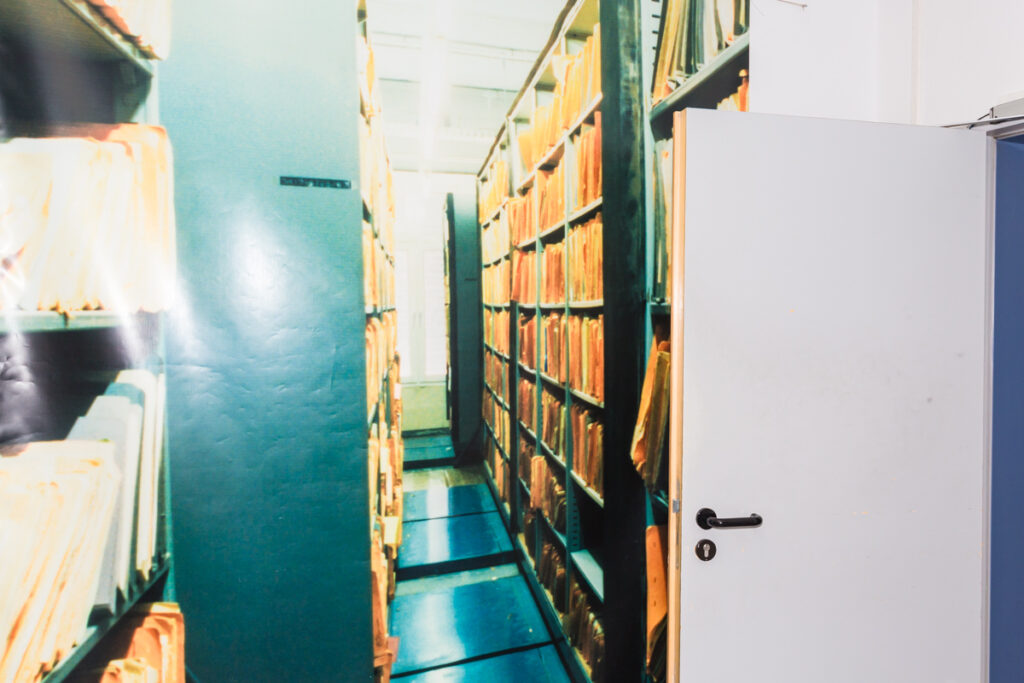
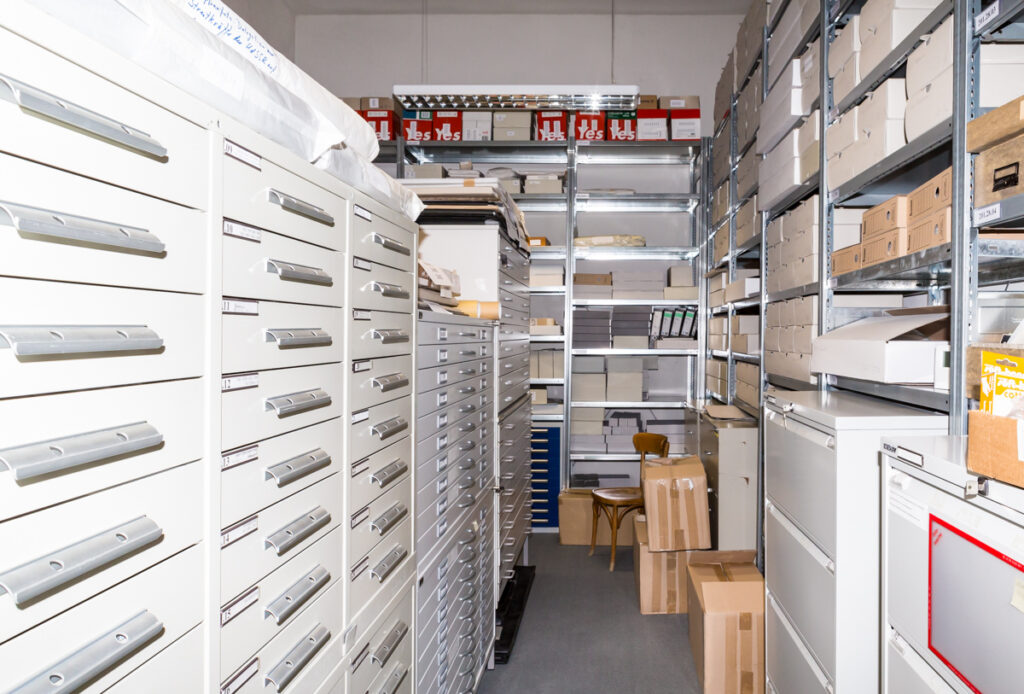
Museum, Laura Fiorio, 2021.
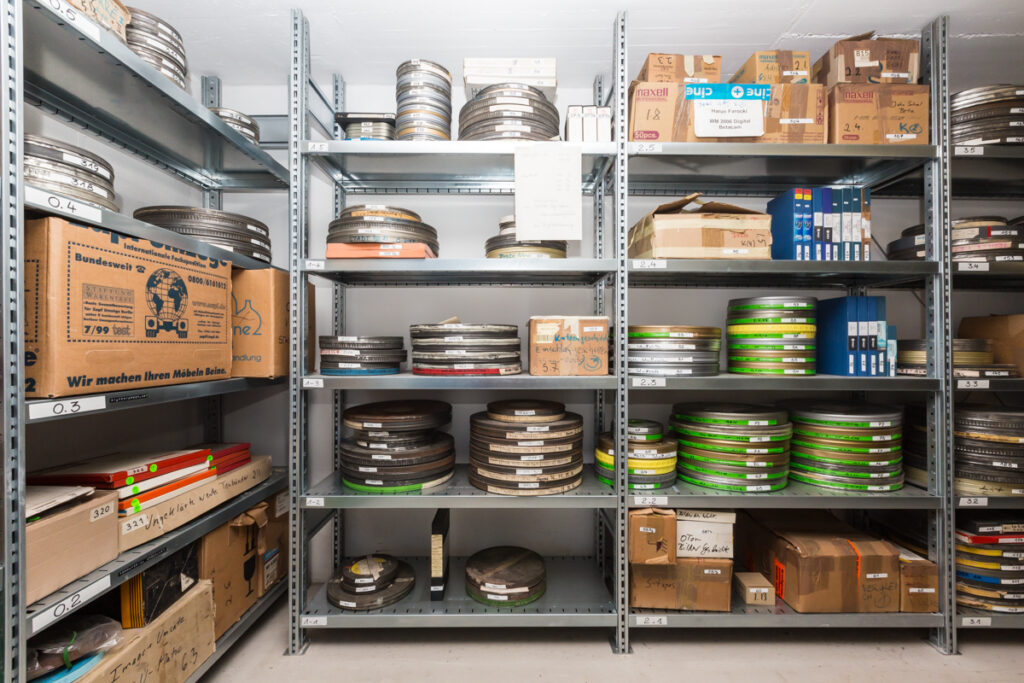
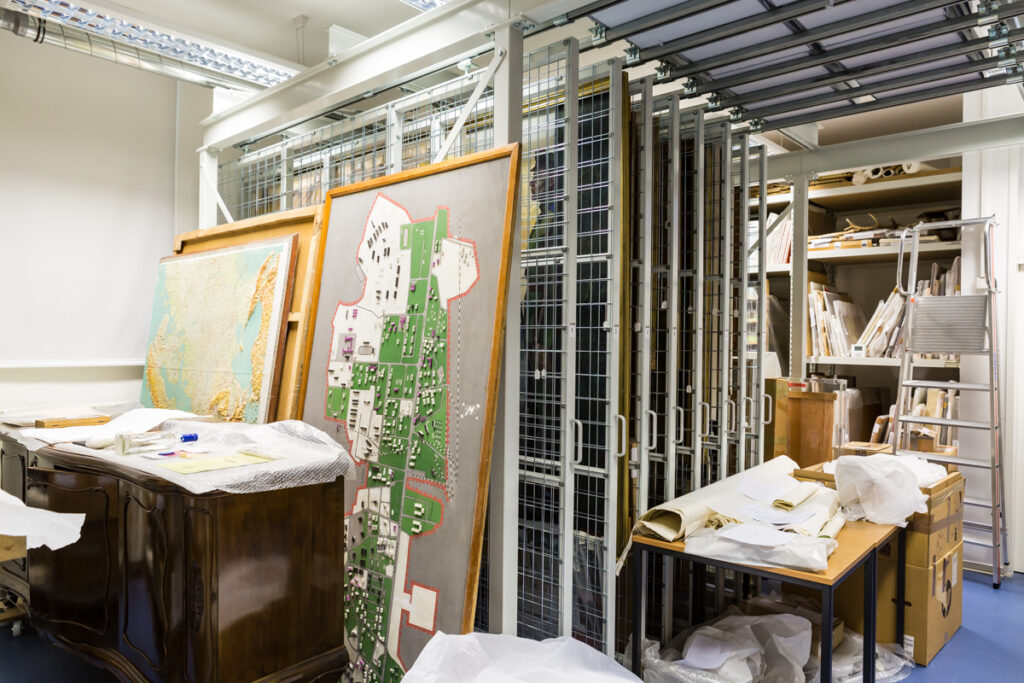
Museum, Laura Fiorio, 2021.
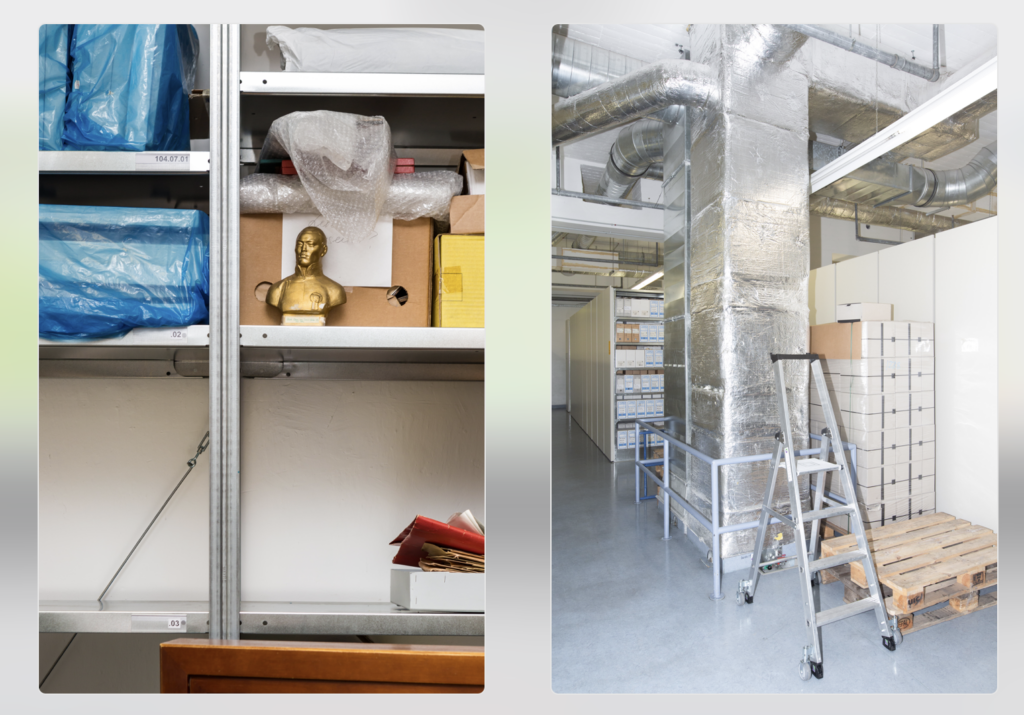
Museum, Stasi Records Archive, Laura Fiorio, 2021.
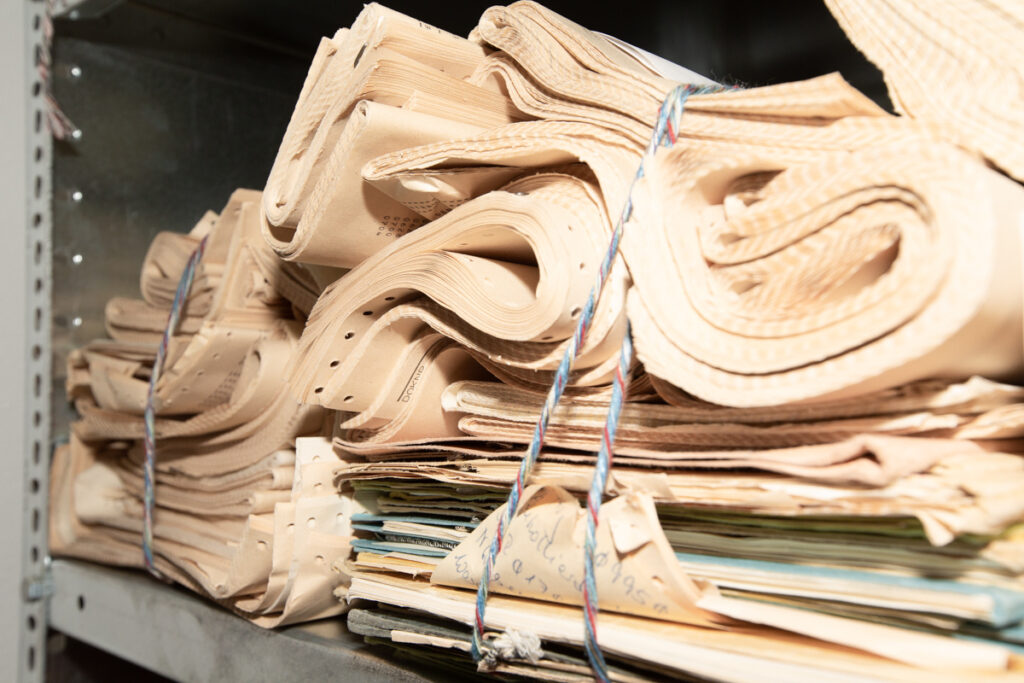
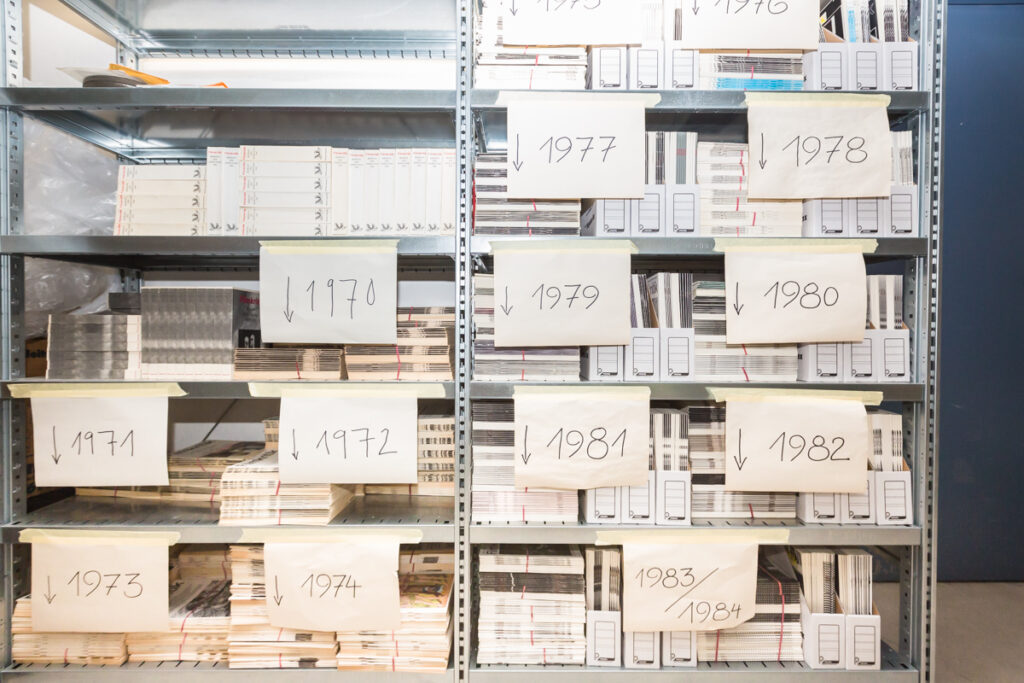
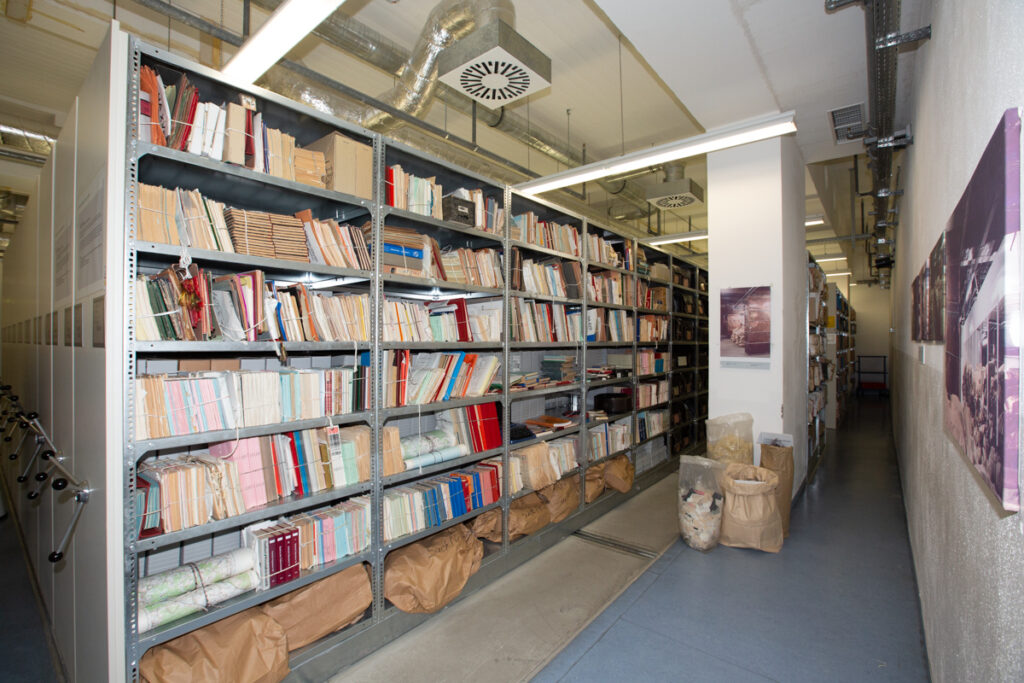
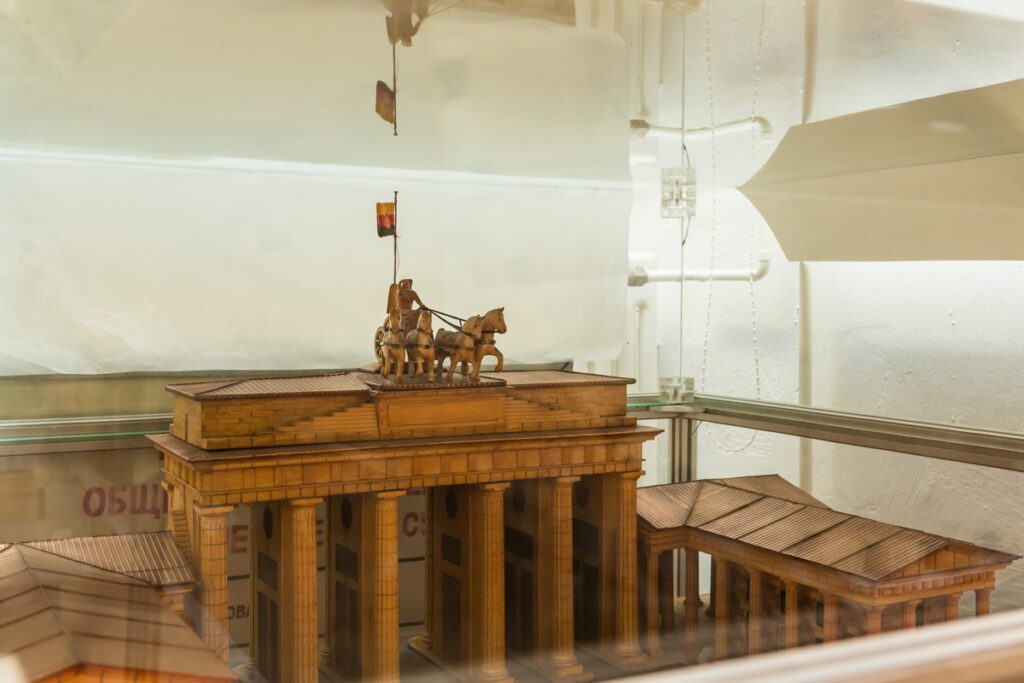
Museum, Laura Fiorio, 2021.
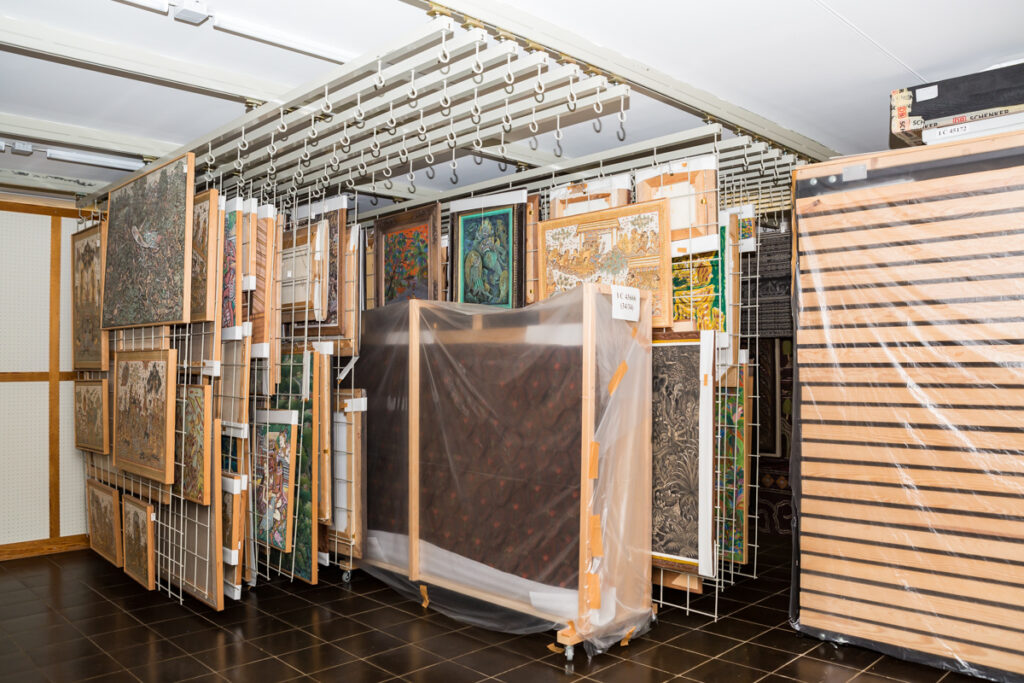
Museum Berlin: Southeast Asian
collection
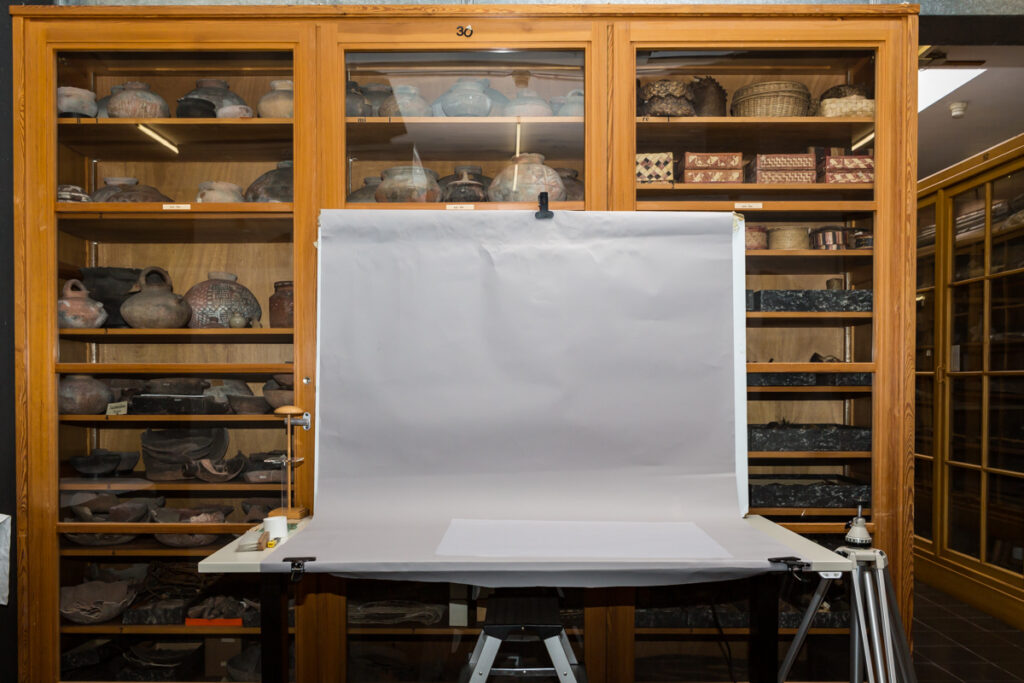
Museum Berlin: Southeast Asian
collection
Connected Material
A conversation on compulsive archiving in relation to a private archive of press photography on Liberia.
Schaber’s contribution revisits her 2004 work culture is our business and considers the complex issues around these three agencies. At stake in these differences are how the image’s story should be told, and how this telling is embedded in the viewing and understanding of history.
Paula Montesios und Eduardo Molinari speak about their artistic practices and how they are related to archives. Together they reflect about counter-archiving, para-archiving and un-archiving and how this includes experiences with and appearances of sensorial encounters with the past.
This essay explores the plural notion of “ethnofuturisms” by employing a comparative approach. The cultural and political vicissitudes of “futurist” tropes are traced in literary and audiovisual creations that engage with the national, ethnic, and/or racial contexts of the Middle East, African diaspora, East Asia, and former Eastern Bloc.
A conversation about KANG Sang-woo’s film KIM-GUN and how it treats historical evidence and testimonies as a ‘horizon of contingent truths’ with the potential to be pieced together in alternating ways, touching upon the complex dynamics of archives and life stories, collective memory and amnesia, the mechanisms of image-making and history-writing.
Three videos are used in real time composition to explore the combination of the moving images – the edited sequence creates a non-existing-place.
The audio map “biography of kecak” is an attempt to decrease this discrepancy between the singularity of archival knowledge and the multiplicity of individual realiities – using the sonic as its material.
Accumulation and multiplication of images is an accumulation of the hidden histories behind them. How do we recover these invisible histories?
CLEPTOCRAZIA is an art and science festival curated by Valeria D’Ambrosio at Villa Romana in Florence. The project aims to disseminate knowledge on the roots of the environmental crisis through a cycle of lectures, screenings and performances with the contribution of international artists and scientists.
Scanning the Horizon works with and towards the seemingly unattainable, yet powerfully generative utopian demands of queer life set out on the horizon.